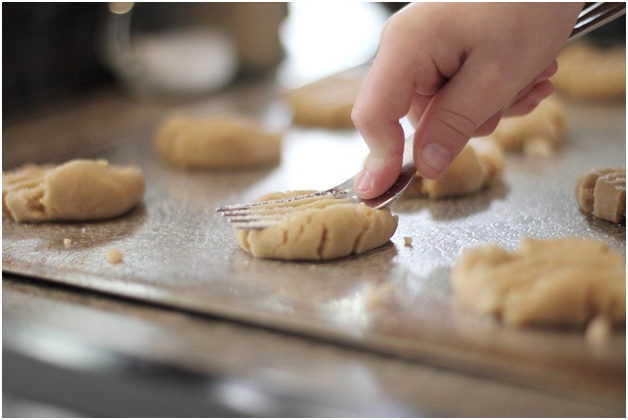7 Fun Things to do With Your Toddlers

Toddlers are fun to play with, are eager to try new activities, and explore and experiment with things around them.
Better yet, toddlers often learn something as they perform these fun activities. Here are some activities that we can recommend for playing with toddlers.
Feel free to customize these activities as you see fit to introduce new topics and elements into your activities.
Baking
Children can learn the joys of baking and seeing the finished products just like you do. Make baking a team activity and let your toddlers try the smaller tasks to get them started.
Guide your toddlers to mix materials, pour ingredients into the mixing bowl and any other tasks that you are willing to let your toddler try.
As for the height difference, you can use learning towers to help your toddlers reach the countertop safely while baking with you.
Explore Nature
Plan a weekend trip into Mother Nature’s little hideouts and let your toddler explore nature under your supervision.
Allow your children to see and interact with various elements from Mother Nature to help them understand the world around them better.
Let your toddler hop into puddles and interact with animals and insects. You can also make the most out of the presenting weather.
Take a stroll in light rain with raincoats and boots on, fly a kite on windy days, or play with snow in the cold winter days.
Lacing Cards
Improve your toddlers’ fine motor skills by having them lace a string along the borders of a lacing card. You can buy these lacing cards directly from craft stores.
Alternatively, you can create your own by punching holes in a cardboard piece, a felt card, or any other suitable materials.
You can make the game more enjoyable by using different coloured strings and teach your toddlers all about colours while you are at it.
You can also cut out your felt cloth pieces in the shape of animals to introduce them to some of these creatures.
Number & Color Matching
Get a few pool noodles with different colours. Cut them into shorter segments. You can have up to 10 parts for each pool noodle colour.
Then, use a permanent marker pen to write big numbers on these segments. Now, you have ten pool noodles segments with different colours and numbers on them.
Print cards with a combination of colours and numbers and challenge your children to a time-based contest to see who can complete their string of pool noodle segments first.
Open Gym Day
Take your children out for a fun day of physical activities. Take them to places with foam pits, trampolines, and any other jungle gym facilities where they can play.
Your toddlers will have fun trying out all the different facilities to strengthen their bodies.
Many kids’ gyms around Australia have areas where parents can sit and relax while watching over their children. Your toddler might be making new friends while they are at the children’s gym as well.
Arts & Craft
Prepare some coloured chalks, watercolour, or any other colourful medium that your toddlers can experiment with on paper.
If you do not mind the clean-up afterwards, you can even have your toddlers doodle on your home’s walkway on a sunny day out.
If you are looking to add in more themes to go with your toddler’s arts & craft session, ask them to draw certain animals, paint outlines with specific colours, or introduce new types of flowers into their drawings.
You might be surprised by how creative your toddlers might be when you ask them to draw an imaginary creature too.
Story Time
Story time does not have to be an inactive activity for your children. While reading stories from your children’s storybooks, you can stop to ask your toddlers what they think will happen next. You can also prompt them to tell you how they feel about certain characters.
Storytelling is a great way to boost your toddlers’ imagination and language skills. Let your children partake in story time, and soon you might even be able to tell them to tell you their own stories instead. During the toddler years, it is crucial that you encourage your toddlers to share what is in their minds. You can help them with vocabulary as they tell their stories.

0 comments